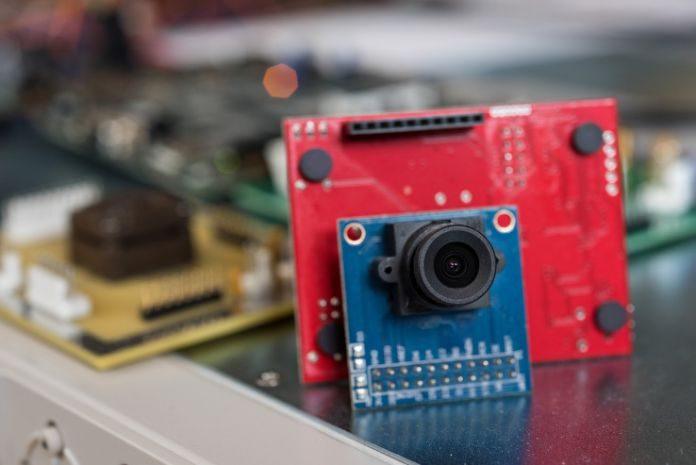Nowadays, smart devices wake up through voice commands. One more advance steps now taken by scientists from Georgia Institute of Technology. They have developed low-power gesture recognizing camera.
The always-on camera design with a combination of low-power hardware and energy efficient image processing software. It is able to watch particular kind of movement without draining batteries or running up electricity bills.
Currently, cameras are difficult to run on lifeless power. Because they burn a large amount of power themselves. But, the combination of novel hardware and energy efficient software makes low power requirement in camera.
The always-on camera programmed to track motion in a more generalized way that protects crucial details about what was being tracked. It requires minimum power to process than tracking different pixels throughout the entire field of view.
Justin Romberg said, “What this camera is actually looking at is not pixel values. But pixels are added together in all different ways. A dramatically smaller number of measurements than if you had it in a standard mode.” (Romberg is a professor in Georgia Tech’s School of Electrical and Computer Engineering.)
Primarily, the always-on camera was designed like to wake up devices. It comes with the ability to recognize particular gestures increases possibilities. They (possibilities) are like a camera that wakes up with a specific pattern or movement almost like a secret handshake. It also saves total system energy.
Arijit Raychowdhury said, “We wanted to devise a camera that will capture images all of the time. Then once you have a particular gesture – like you write a Z in the air – it’s going to wake up. To make that work without affecting the battery life, we want it to be so low power that you can power it with gathering ambient energy, like with a photovoltaic cell.”
“Simple motion detection is a well-studied area of research, and there are commercial products that support motion detection. But the problem is that a camera that can just detect motion and not specific patterns in motion or gestures is going to wake up more often, even when it doesn’t need to,” he continued.
The always-on camera could become useful in various applications. It could be used in camera systems in remote locations where effectiveness is essential. Other applications include specialized surveillance, robotics and consumer electronics with hands-free operation. The researchers are now working on adding wireless functionality to transmit images and data with an antenna.
Romerg said, “If you have a camera in the field, you want them to use as little energy as possible and only record events when necessary.”
